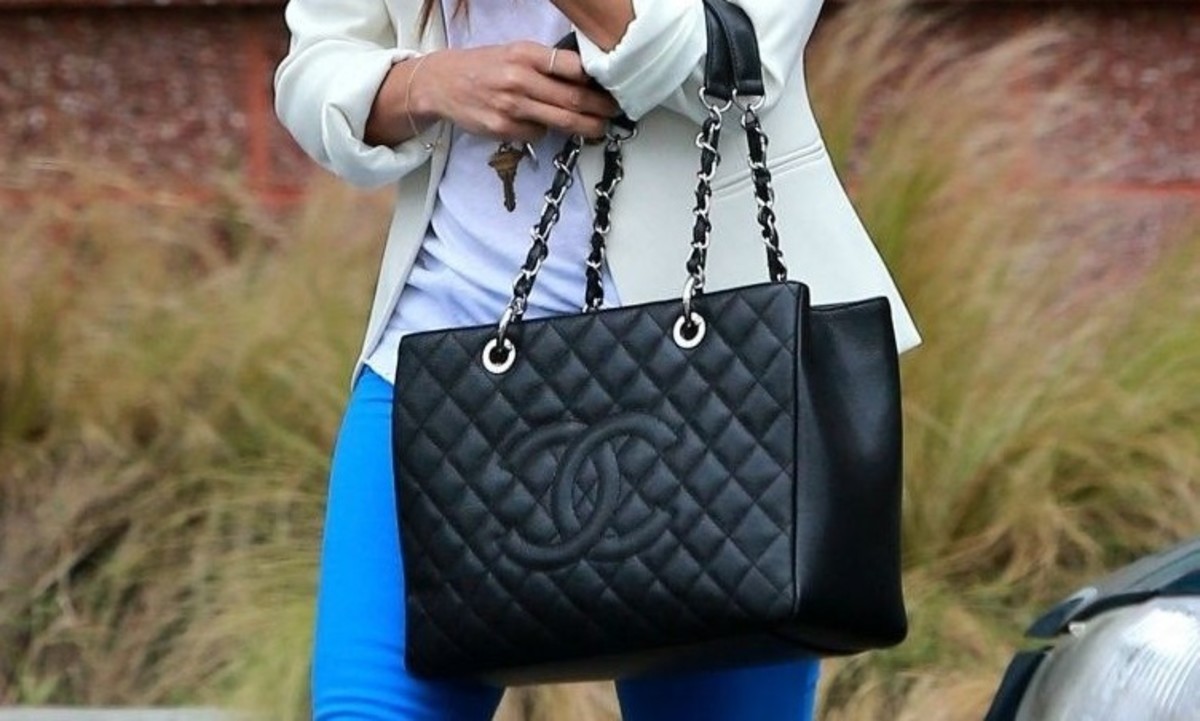
The legacy of New York City’s accessory manufacturing industry is deeply woven into the fabric of its history, culture, and economy. For over a century, the city has been a global hub for the creation and production of accessories ranging from handbags and jewelry to hats and belts. This industry’s impact extends far beyond its products, shaping the city’s identity and influencing fashion trends worldwide with New york accessory manufacturer.
One of the key factors contributing to New York’s dominance in accessory manufacturing is its rich immigrant heritage. Throughout the late 19th and early 20th centuries, waves of immigrants arrived in the city, bringing with them diverse skills and craftsmanship. Many found work in the burgeoning accessory industry, establishing small workshops and factories in neighborhoods like the Lower East Side and Garment District. These immigrant entrepreneurs laid the foundation for New york accessory manufacturerecosystem, fostering a culture of innovation and creativity.
The city’s strategic location also played a crucial role in its rise as a manufacturing center. Situated at the nexus of global trade routes, New York had access to raw materials from around the world and served as a gateway for importing and exporting goods. This geographic advantage, combined with a robust transportation infrastructure, made it an ideal location for accessory production.
New York’s vibrant fashion scene and thriving garment industry provided a fertile environment for accessory designers and manufacturers to flourish. Collaborations between accessory designers and fashion houses became commonplace, driving demand for high-quality, on-trend accessories. Iconic brands like Tiffany & Co., Coach, and Kate Spade have their roots in New York’s accessory manufacturing tradition, cementing the city’s reputation as a global fashion capital.

Despite facing challenges such as overseas competition and shifting consumer preferences, New York’s accessory manufacturing industry has persevered, adapting to changing times and technologies. While many small workshops have closed their doors over the years, larger manufacturers have modernized their operations, leveraging automation and digital technologies to streamline production and improve efficiency.
Today, New York remains a leading center for accessory design and innovation, with a thriving community of designers, artisans, and manufacturers pushing the boundaries of creativity. From luxury boutiques in SoHo to mass-market retailers in Midtown, the city’s diverse retail landscape reflects the breadth and depth of its accessory manufacturing heritage.
The legacy of New York’s accessory manufacturing industry is a testament to the city’s entrepreneurial spirit, cultural diversity, and enduring influence on global fashion. As New York continues to evolve, the legacy of its accessory manufacturers will remain a vital part of its identity, inspiring future generations of designers and creators.






